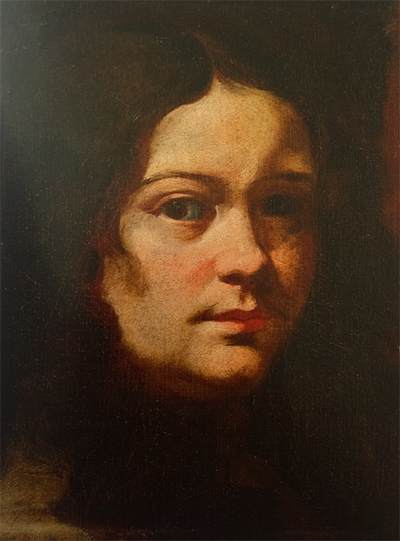This portrait was thought to have been painted around 1655. It is currently stored at the National Galleries of Scotland.
At the time of the painting, Bernini was in his late seventies. He had several paintings behind his back in the past and was training the young Giovanni in the field.
Giovanni Battista was the nickname of the young Italian artist, but his real name was Baciccio. He was in his early teenage years when this portrait was painted. Bernini had taken him in as his trainee at a time when the plague ravaged Europe. When Baciccio grew an interest in painting, he became very close to Bernini. It is believed that Gian Lorenzo inspired his works later on. Several Battista paintings have a great resemblance to most of the works done by Gian Lorenzo.
Gian Lorenzo inspired several artists with his style of painting. Due to his position, he used to inspect several paintings in cathedrals across Rome. Among painters that took his style of painting were Giovanni Odazzi, Ludovico Mazzanti and Giovanni Brughi. These three gentlemen have several works under their name, including cathedral paintings, Santa Maria Degli Angeli pieces and other papal assignments especially in major Catholic establishments across Europe.
This sited portrait by Gian Lorenzo Bernini was painted on canvas board using oil colours. The length of the canvas board where it was painted is 42 cm by 61 cm. Like most of the other paintings during the time, it was created from pigments derived from plants that are bound together with linseed oil. Linseed oil dried fast and helped maintain the quality of the artwork for a long time.
In this portrait, the painter has a dramatic way of playing with the lighting to bring out the image on the forefront while obscuring the background details in the way that the viewer does not get distracted. Despite there being no lighting that would have created the tones on the face, Gian Lorenzo had cleverly imagined how the face would have looked when the light was coming from the left in a dark room.
Moreover, the artist captures intricate details of the boy’s face especially the eyebrows and the shaping of the cheek. The portrait also has some warmth and a relaxed feeling, showing that it was painted as the subject continued on with a conversation. Gian Lorenzo is said to have encouraged his subjects to engage in a conversation as he painted their images. This helped him capture the physical expressions of the teenage boy in their natural state.
Bernini commissioned the image. At the time, he was an older gentleman who had a high social status in the country and an artist. This image is thought to have been part of his leisurely works when training the small boy on artistry. It might have been a gift as he taught a few things on quality painting. The training was evident later especially in a portrait of Gian Lorenzo created by Giovanni Battista in 1675.




